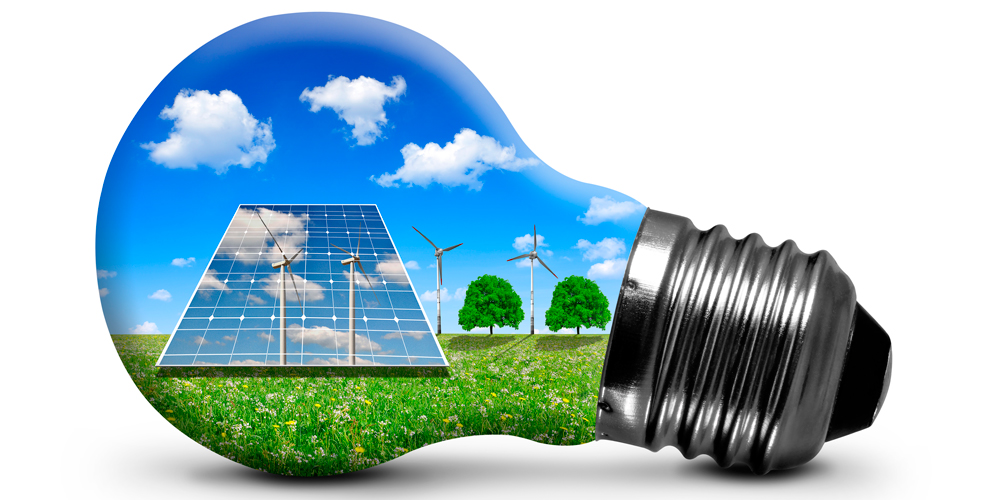South Africa has been suffering an energy crisis since 2007. Its infrastructure is no longer equipped to handle the growing demand for power in the country. That is why the government has planned power outages on rotation every day, otherwise known as “load shedding.”
Load shedding allows officials to better manage the national power grid without overloading it. Unfortunately, these outages have a severe impact on individuals and small businesses because they rely on that power for their survival and livelihood.
According to a 2019 small business sentiment report, roughly 1,750 South African small business owners claimed to be severely impacted by the scheduled load shedding that takes place in the country frequently.
Load shedding is damaging the South African economy because of the limitations it puts on small business owners. Without a viable solution to the energy crisis, South Africa could see an increase in poverty as the economy gets worse each year.
The Solar Energy Solution
Some critics believe the solution is to build more coal-fired power plants and nuclear fire stations. However, that still won’t solve the second problem facing the South African energy crisis, which is the country’s limited energy distribution capabilities.
The national power grid was only designed to have a couple of huge power stations transmit electricity to the biggest cities in South Africa. The grid never took into account the people living outside of the cities in the more rural areas of the country. It also didn’t take into account that so many foreigners would be moving to South Africa and consuming more of its energy resources too.
For this reason, there has been a gigantic shift toward solar energy generation through the use of solar panels on properties. Solar panels harness the solar energy from the sun and convert it into electricity for people’s houses.
With a one-time investment in this solar panel technology, South Africans can have access to electricity from any location, no matter how rural it may be. If they don’t have access to traditional electricity at all, they can now have energy for the first time.
WiSolar is a solar company that is bringing solar energy to the hands of thousands of South Africans. They are in direct competition with the traditional state energy provider, Eskom, and offering South Africans an alternative energy source whenever they experience rolling blackouts.
“Our solar panel technology is the perfect solution for South Africa and business owners who want to have consistent electricity 24/7,” said Anteonet van der Walt, who is the Operations Chief at WiSolar. “Some of our city-based customers use solar energy for their load priority or during blackouts, while others have completely switched to solar energy and enjoy living off the grid.”
South Africa is a very sunny country in general, which is another reason why solar energy works so well there. However, the extent to which solar panels can satisfy someone’s energy needs would depend on how much electricity they consume per day.
If a person only needs to power their lights and basic appliances, they might easily get away with living off the grid completely. If they have bigger power demands for larger appliances and systems, hybrid solar electricity packages for variable loads can be modified for clients that intend using their stoves or electric geysers on solar.
The average South African uses approximately 25kWh of electricity daily. That would require twelve solar panels to power a single home each day. Unless solar power systems can be designed to store more energy, there will always be a dependence on coal-fired power systems.
In the end, it is all up to Eskom. Since it is a government-owned company, the South African government and Eskom would have to agree to invest in the development of larger solar power systems and other renewable energy projects. It is slow going, but they might move in that direction if enough pressure is put on them.


